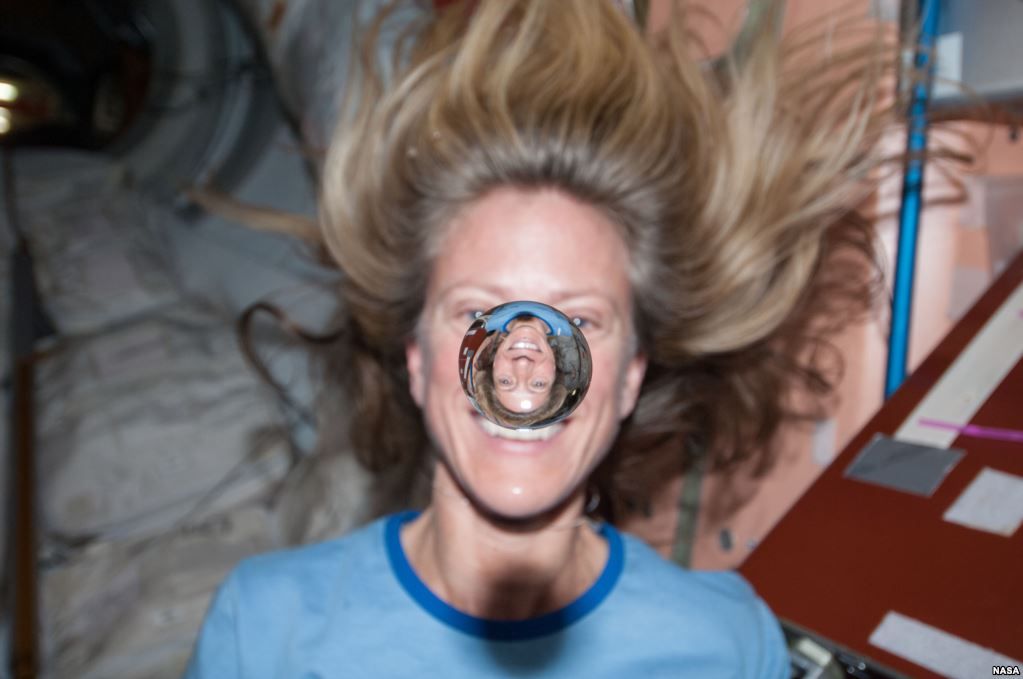
Researchers have developed a new technique that can split water in near-zero gravity to produce oxygen and hydrogen in a process powered by light.
The method, which is described in a paper published in the journal Nature Communications, has the potential to make long-distance space travel viable in the future, providing both hydrogen fuel to power various technologies and breathable oxygen for astronauts.
Space agencies and private companies are already planning to put humans on Mars in the coming decades, while manned missions beyond the Red Planet may not be too far from reality.
However, long-distance space travel presents a number of challenges, including how to transport enough oxygen and fuel—issues which the new technology may be able to address.
The scientists, led by a team from the California Institute of Technology, took inspiration from the way plants convert light and water into fuel and oxygen to create their device—a photoelectrochemical cell that splits apart the hydrogen and oxygen atoms that make up water using a catalyst that is inserted into the liquid.
To simulate the zero gravity of space, the researchers conducted their experiments in a 400-foot drop tower—in which a capsule containing the cell was shot up at more than 100 miles an hour before falling for nearly 10 seconds. As objects accelerate toward Earth, the effect of gravity diminishes, mimicking the effects of zero gravity.
The researchers demonstrated that it is possible to split water in this environment. However, one issue they faced was that when the atoms in the water were split to create gas, bubbles formed on the catalyst material, hindering the process. In normal gravity, this would not happen as the bubbles would simply float to the surface of the water.
But in zero gravity, this is not possible because the bubbles will remain on or near the catalyst. To counter this problem, the scientists adjusted tiny, microscopic structures on the cell which enabled the bubbles to float away.
Hydrogen and oxygen produced in this way could be beneficial for future space missions, according to Charles W. Dunnill, a senior lecturer in energy at Swansea University, in the U.K., who was not involved in the research.
"Launching a rocket with water would in fact be a lot safer than launching it with additional rocket fuel and oxygen on board, which can be explosive," he wrote in The Conversation. "Once in space, special technology could split the water into hydrogen and oxygen which in turn could be used to sustain life or to power electronics via fuel cells."
Furthermore, light from the sun is an abundant resource and could easily be harnessed in space to power the process using solar panels.
However, the question of where any additional water will come from after initial reserves are spent is still an open question. One solution could be to harvest water from asteroids, or other small worlds, as some space-mining ventures have proposed.
Uncommon Knowledge
Newsweek is committed to challenging conventional wisdom and finding connections in the search for common ground.
Newsweek is committed to challenging conventional wisdom and finding connections in the search for common ground.
About the writer
Aristos is a Newsweek science reporter with the London, U.K., bureau. He reports on science and health topics, including; animal, ... Read more
To read how Newsweek uses AI as a newsroom tool, Click here.








